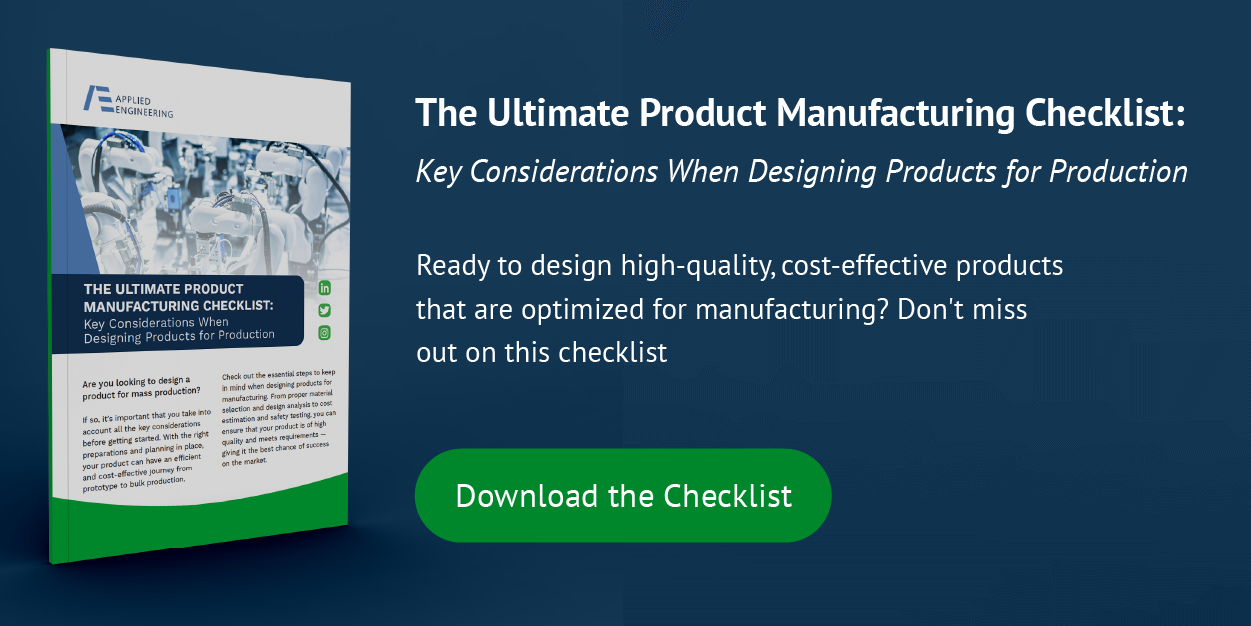Conformance vs. Compliance: What's the Difference?
Many companies, regardless of industry, operate under guidelines, standards, or regulations. A governing body or authority may establish these regulations, and the company may be legally required to follow them or voluntarily agree to meet these standards. When considering the regulations or standards your company must meet, you may have wondered—conformance vs. compliance: what’s the difference?
Occasionally these words are used interchangeably, and some believe they are synonymous; this, however, is not true, and there are some important distinctions to note.
Generally speaking, compliance refers to the mandatory requirements a company must meet that are established by an external organization, authority, or governing jurisdiction. While compliance is more formal and a legal requirement, conformance is voluntary. Conformance refers to the norms, expectations, standards, and policies that a company abides by. These may be established by the company itself or by another organization.
If we look at conformance vs. compliance through the lens of a manufacturing company like Applied Engineering (AE), we can better understand the difference. Depending on your jurisdiction and the items you manufacture, you may be required by various parties to have specific qualifications, certifications, and validations. This is an integral part of the manufacturing process, and you must ensure you are meeting all legal or standardized requirements. As your manufacturing service provider, AE will supply your manufacturing project with the various certifications and validations you must comply with, such as laboratory equipment qualification, cleaning validation, or computer system validations.
When manufacturing medical devices, safety and quality are not voluntary. Therefore, manufacturers must comply with several authorities. For example, in the USA, the FDA’s Centre for Devices and Radiological Health (CDRH) regulates medical device manufacturing. This includes the classification of devices, Quality System regulation, medical device listing, labeling requirements, and establishment registration.
Here is where the conformance vs. compliance confusion comes in. A third party may establish recommendations, standards, and regulations that you as an organization can volunteer to conform to. This could then become a matter of compliance if you choose to seek certification.
For example, the International Organization for Standardization ISO 9001 outlines the requirements for a quality management system. To conform, manufacturing plants must have a quality management system that can then be certified and audited by an independent certification body. Although it is not required, it is recommended that manufacturers choose to abide, just as AE has. That said, if you opt to receive certification, you must then continue to comply with the set guidelines to remain certified.
The consequences of noncompliance can be dire as it could ruin your reputation or prevent you from operating. It can also have extreme financial repercussions or worse. Regulatory pressure is at an all-time high, so your manufacturing firm must be just as committed to compliance as you are. Bottom line, to ensure quality manufacturing and that you are meeting all legal requirements, use a manufacturer who will ensure compliance and conformance with the necessary industry standards.

